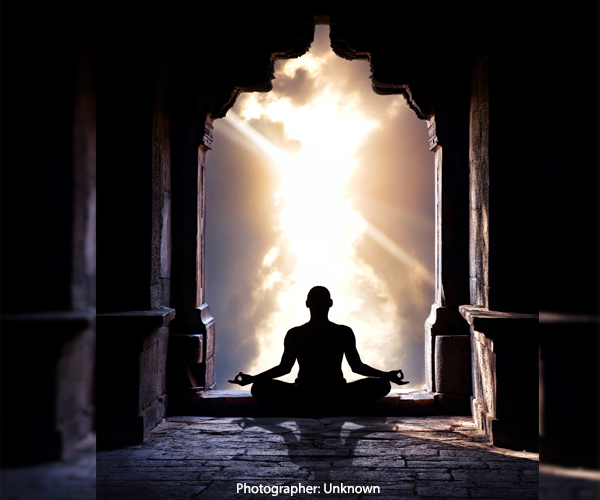
Meditation by: Christopher Winters
June 8, 2020Regardless of one’s metaphysical pursuits, or any pursuits that involve the intention to affect the environment esoterically or exoterically, meditation is arguably an intrinsic practice that must be implemented for any level of spiritual advancement. There are countless definitions of the term, many of which are romanticized beyond utility, and others which scrutinize the practice to the point of being nothing more than microwave instructions. For the purpose of this article, we shall operate under the agreement that meditation is a practice in which a person employs a technique(s) to enter altered states of consciousness for any number of purposes or none at all.
Meditation has been practiced since antiquity, and its many manifestations vary depending on any particular technique’s origin. We won’t dare hope to succinctly encapsulate a history or overview of meditation generally, much less discuss every methodology therein, but one such technique will be addressed.
As frequently propounded by Israel Regardie, meditation will do little good if we are, from the get go, largely unaware of our own internal processes. Becoming intimate with the goings on within ourselves will dramatically increase our ability to heighten our focus as well as manipulate those happenings at will. It could be assumed that this is elementary, simple, and possibly underwhelming—that’s exactly the point. We must learn to crawl before we can walk. Meditation, upon a practitioner embarking on their first foray with it, is often daunting and memorably unsuccessful for the simple fact that a bite (much too large) has been taken—complex visualizations, breathing techniques, strenuous postures, unfamiliar mantras; all contribute to a scattered effort if a strong foundation has not already been forged. And that foundation as it were lies within ourselves in a wonderful world of simplicity.
Awareness Exercise:
Lie back in a comfortable position. There is no correct posture; simply let yourself relax. The floor is typically a perfect surface. For those of you that practice yoga, corpse pose is ideal, but integrity to its form is not required.
Make no attempt to alter the breathing or engage in any visual exercises. Simply practice awareness of all the sensations undulating throughout the body. This is often the most challenging behavior involved in this meditation—the complete acquiescence of effort which, in turn, becomes a massive effort in itself.
When thoughts do enter the mind, make no attempt to remove them. Simply allow them to drift, like branches in a river, off and out of the mind. Then return the focus to the sensations of your physical form. Where do these sensations seem to gather? Where is the largest concentration?
Limit this meditation, initially, to ten minutes. Gradually increase the time relative to your mental endurance. Once some facility has been gained with this technique, more complex practices can be attempted.
